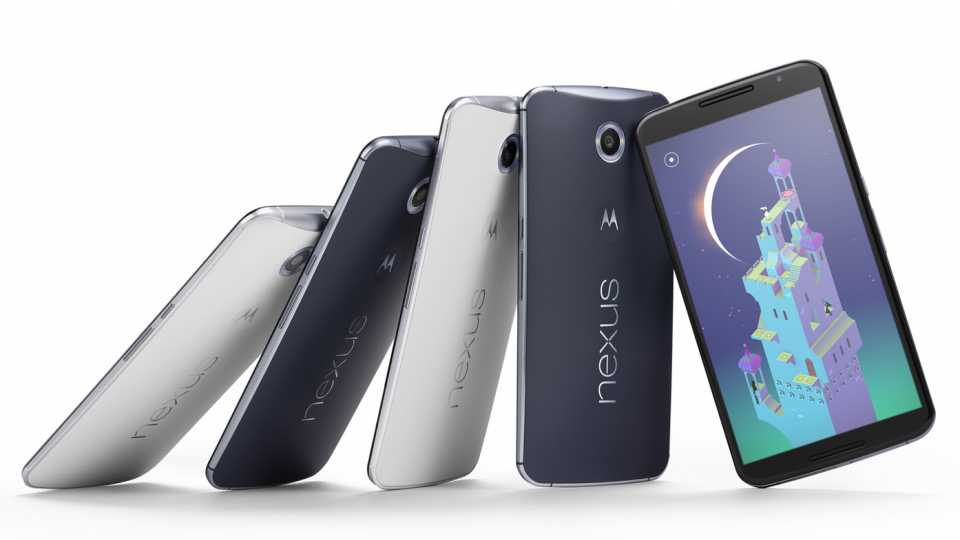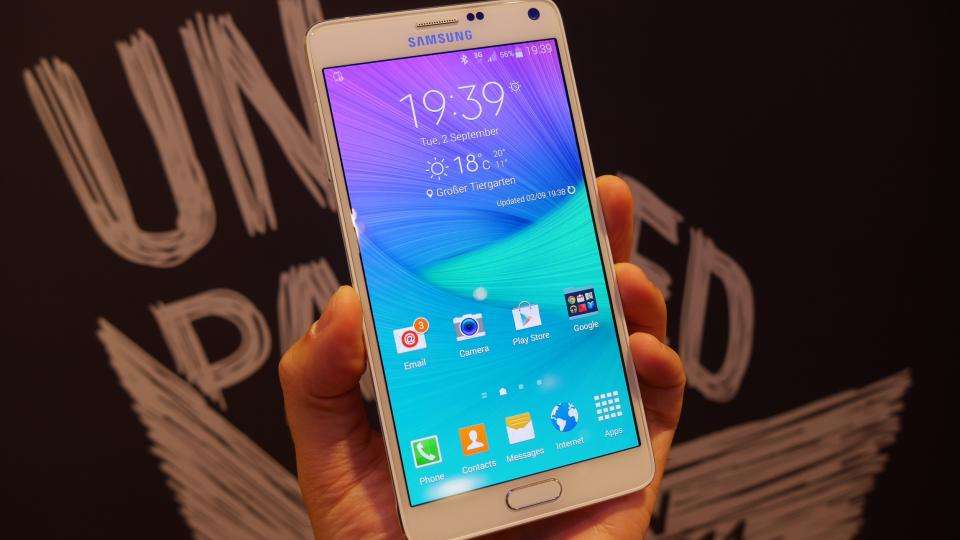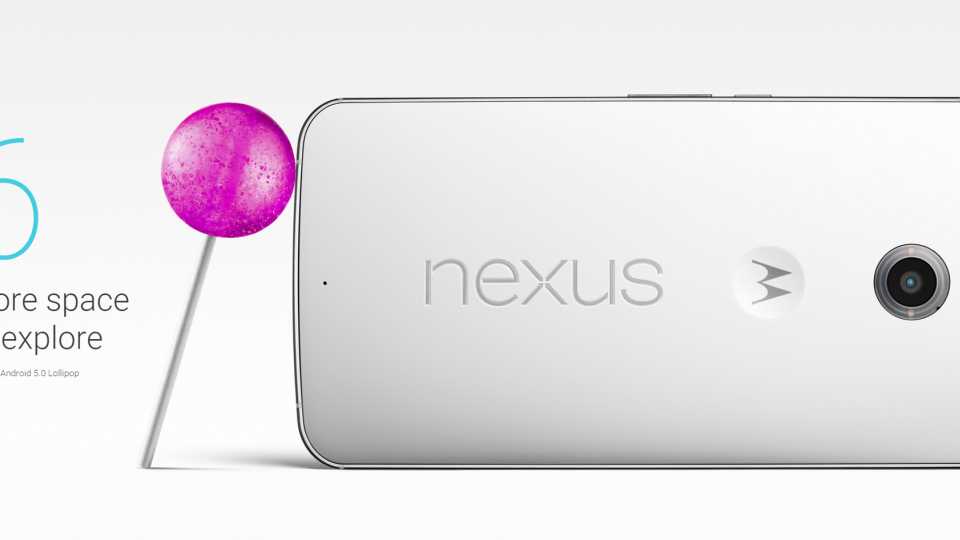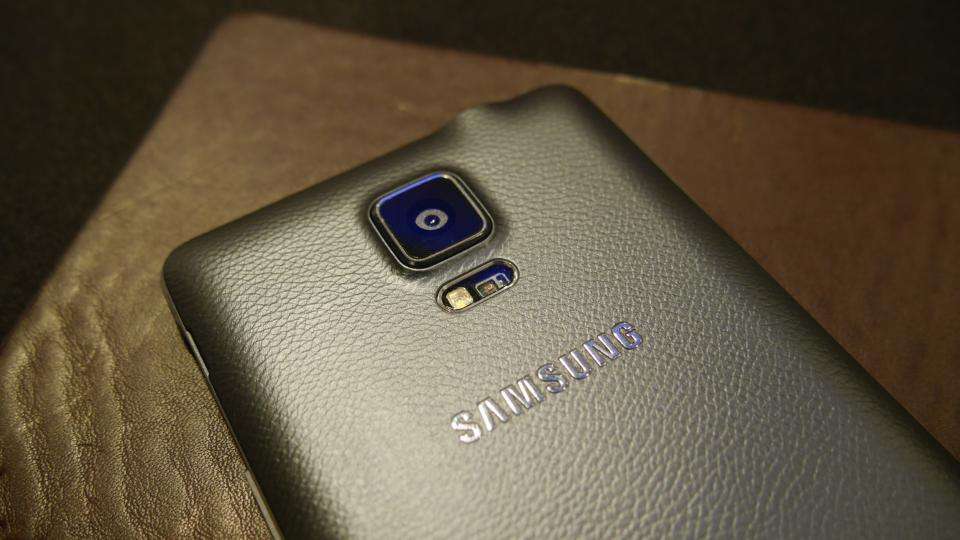The Nexus 6 the long-awaited successor to the Nexus 5 . Made by Motorola, the Nexus 6 comes with Android Lollipop and is available to pre-order now. Its main rival for your hard-earned cash is the superb Samsung Galaxy Note 4, but which is best for you? We've compared the specs of each phone to help you decide which one you should buy.
This is purely a specification comparison, which can only tell part of the story. We've highlighted the differences as they appear on paper and included benchmark results where possible to point out any gaps in performance. For a more detailed analysis of the Samsung Galaxy Note 4 read our full review . We'll have a full review of the Nexus 6 very soon.
DIMENSIONS
The Nexus 6 measures 159.26 x 82.98 x 10.06mm and weighs 184g while the Note 4 measures a slightly slimmer 153.5 x 78.6 x 8.5mm and weighs 176g . This isn't surprising given the Note 4's smaller screen size, but in terms of weight there's hardly anything in it.

While we haven't yet held the Nexus 6, we suspect it may feel more comfortable in your hand thanks to its curved back. The current images of the phone look remarkably similar to Motorola's new Moto X , which we much prefer to the Note 4's flat, faux leather rear.
DISPLAY
The Nexus 6 has a 5.96in 2,560x1,440 resolution display, giving it a pixel density of 493ppi (pixels per inch). The Galaxy Note 4's screen is a fraction smaller at 5.7in , but also comes with a 2,560x1,440 resolution, giving it a slightly higher pixel density of 515ppi .
This means text and images should look a fraction sharper on the Note 4 as the pixels are more tightly packed together, but we reckon the difference between them will be fairly minimal.

Both phones also have an AMOLED panel, so colour accuracy is likely to be neck and neck between each handset.
PERFORMANCE
Both phones have a quad-core 2.7GHz Qualcomm Snapdragon 805 processor and an Adreno 420 GPU. While we'll have to wait and see what the Nexus 6 is capable of when we get one in for review, the Note 4 produced blistering speeds of 349ms in our SunSpider JavaScript benchmarks, which is the fastest score we've ever recorded.
This was using Samsung's default browser, though, which has always performed much faster than Chrome, so the Nexus 6 may not be able to replicate quite the same speeds.
However, the Adreno 420 GPU should be more than capable of handling games at the Nexus 6's full resolution as the Note 4 produced blisteringly fast scores in both our 3DMark benchmarks and Epic Citadel tests.
STORAGE
The Nexus 6 will be available in both 32GB and 64GB variations, while the Note 4 is only available in 32GB . Google hasn't announced pricing for the Nexus 6 yet, though, so we currently don't know how each version will compare to the £600 Note 4.

BATTERY
Both the Nexus 6 and Galaxy Note 4 come with a 3,220mAh battery . In our tests, the Note 4 lasted a massive 18 hours and 55 minutes in our continuous video playback test, so we'll be very impressed if the Nexus 6 can match it when we get it in for testing.
So far, Google has said you'll be able to get up to 6 hours of use from the Nexus 6 from just 15 minutes of charging, and over 24 from a full charge, but this figure is based on average user profiles tested and developed by Motorola and includes both usage and standby
CAMERA
The Nexus 6 will have a 13-megapixel camera with optical image stabilisation and a dual LED flash ring. The Moto X also had a 13-megapixel camera with a dual LED flash ring, so it's highly likely Motorola's used the same sensor for the Nexus 6. The key difference between them is that the Moto X doesn't have OIS. The lens is also slightly larger on the Nexus 6, measuring f2.0 compared to the Moto X's f.2.25 lens.
The Note 4, meanwhile, has a 16-megapixel camera and also comes with optical image stabilisation . Both phones can shoot 4K video as well.

ANDROID
One of the Nexus 6's biggest advantages over the Note 4 is that it will ship with Google's brand new Android Lollipop straight out of the box. The Note 4, meanwhile, still has Android 4.4.4 and Samsung hasn't yet said whether it will be receiving an upgrade.
While Google has yet revealed any specific apps or features for the Nexus 6, Android Lollipop will offer better multi-tasking over Android 4.4.4, making it easier to switch between different apps - something that's likely to be key given the Nexus 6's massive resolution.
Samsung's already gone some way in countering this, though, with its one-handed operation mode and Multi Window feature, which lets you use two apps simultaneously.
CONCLUSION
Both phones are very similar in specification, so a lot will rest on how much Google decides to charge for each version of the Nexus 6 before we can begin to call it either way. We're already very impressed with the Galaxy Note 4, but if the Nexus 6 can carry all the new Moto X's great features over to a larger, more powerful handset, then we suspect the Nexus 6 may inch in front of the Note 4 to become our new favourite phablet.
